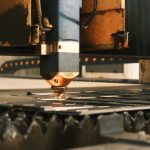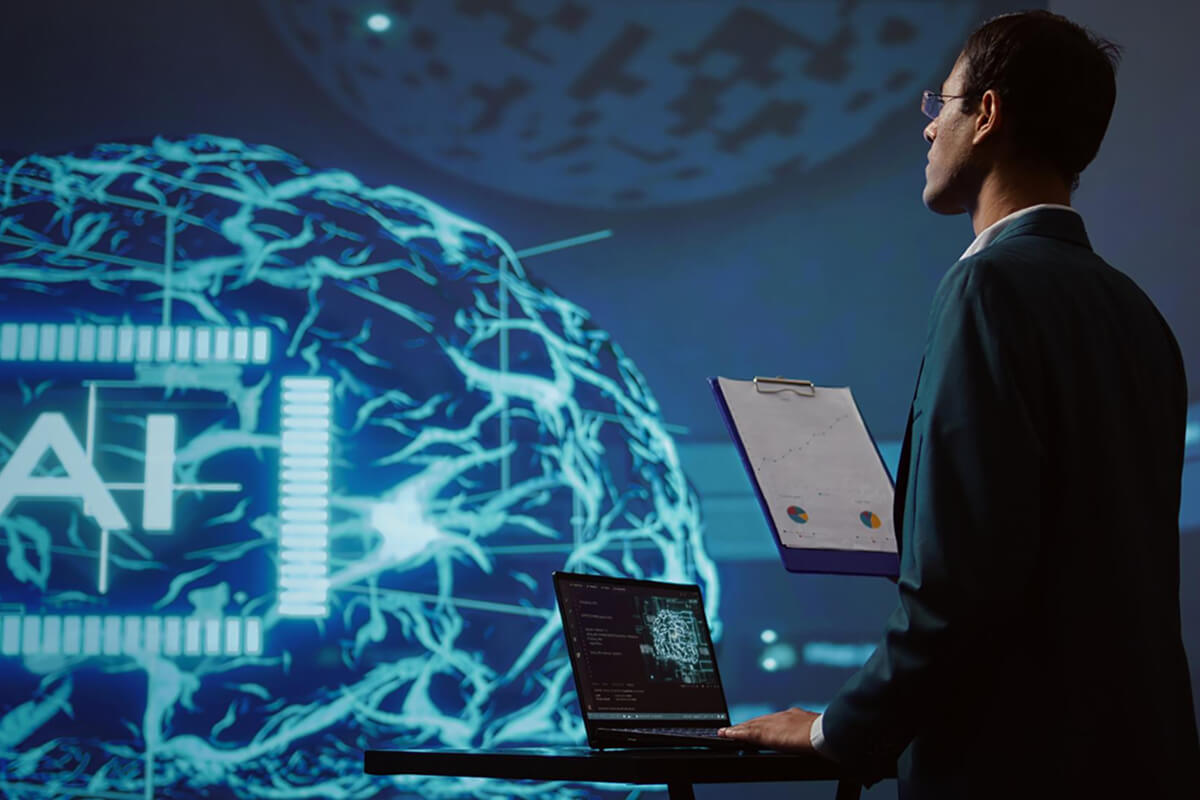Why Smart Dust MEMS Sensors Are the Next Big Tech Breakthrough
In the ever-evolving landscape of emerging technologies, Smart Dust stands as a groundbreaking innovation with the potential to redefine data collection, environmental monitoring, and wireless sensing. Powered by Microelectromechanical Systems (MEMS), Smart Dust consists of tiny, autonomous micro-sensors capable of detecting light, temperature, vibrations, magnetic fields, and chemical compositions—offering transformative applications across multiple industries.
Smart Dust operates as a network of minuscule computing particles, each integrating sensors, wireless transmission systems, and power supply mechanisms. These particles, often no larger than a grain of sand, can wirelessly transmit collected data to centralized systems in real-time. Their small size, minimal power consumption, and high functionality make Smart Dust a remarkable feat of nanotechnology and engineering.
Types of Smart Dust Systems
While the fundamental purpose of Smart Dust remains consistent—environmental sensing and data communication—the types of Smart Dust can be categorized based on design architecture, operational intent, and sensor specialization.
Passive Smart Dust
Passive Smart Dust systems rely entirely on external stimuli such as ambient energy sources (light, vibrations, or electromagnetic fields) to function. They do not contain active power sources but instead harvest energy from their surroundings. These are often used in low-interference environments for long-term monitoring applications.
Active Smart Dust
Active Smart Dust particles incorporate a micro-battery or micro-generator, enabling autonomous operation even in environments devoid of ambient energy. These particles are generally more versatile and suited for complex industrial or medical applications where uninterrupted power is crucial.
Hybrid Smart Dust
Hybrid Smart Dust combines features of both active and passive systems. These systems can switch modes based on energy availability or task-specific requirements. Their adaptive energy utilization and multi-functional sensor arrays make them suitable for multi-environment deployments, including military and aerospace missions.

Modern-Day Implications and Applications of Smart Dust
As Smart Dust technology becomes increasingly refined and accessible, its real-world implications are vast and multifaceted. The following are the primary application domains where Smart Dust is creating transformative impact:
Industrial Monitoring and Predictive Maintenance
Smart Dust sensors are revolutionizing industrial IoT by providing real-time analytics for predictive maintenance. These sensors can be embedded in machinery to monitor parameters such as temperature, pressure, and vibrations, thereby preemptively identifying potential malfunctions. For example, General Electric (GE) has explored MEMS-based systems for early detection of turbine blade wear in power plants.
Agriculture and Environmental Sensing
In precision agriculture, Smart Dust enables the monitoring of soil health, moisture levels, and pesticide concentrations, allowing farmers to make data-driven decisions that maximize crop yields. Moreover, these sensors can detect air and water pollutants, offering invaluable insights for environmental conservation agencies and climate researchers.
Medical and Biomedical Applications
Smart Dust technology is paving the way for next-generation medical diagnostics. MEMS-based Smart Dust particles, when ingested or implanted, can monitor biological parameters such as pH levels, glucose concentration, or neurotransmitter levels. Research is underway to develop Smart Dust systems for neurological monitoring, offering potential breakthroughs in brain-computer interfacing.
Military and Defense Surveillance
The Department of Defense (DoD) and allied defense agencies are actively researching Smart Dust for covert surveillance and battlefield intelligence. These particles can be deployed in hostile environments to gather tactical data such as troop movements or chemical signatures, all without detection due to their microscopic size.
Smart Cities and Infrastructure
In the domain of smart urban infrastructure, Smart Dust can be used to monitor traffic flow, structural health of buildings and bridges, and air quality in real-time. Cities adopting Smart Dust networks can achieve higher efficiency in resource allocation and emergency response.
Conclusion
Smart Dust, as a product of advanced Microelectromechanical Systems (MEMS), symbolizes the fusion of miniaturization, wireless communication, and sensor innovation. As we continue to seek smarter, more sustainable, and more responsive technological solutions, Smart Dust stands poised to redefine data collection across industries—from agriculture to aerospace. With ongoing research and commercial interest, the next decade could witness a widespread deployment of these microscopic marvels, driving the world closer to a fully interconnected digital ecosystem.








